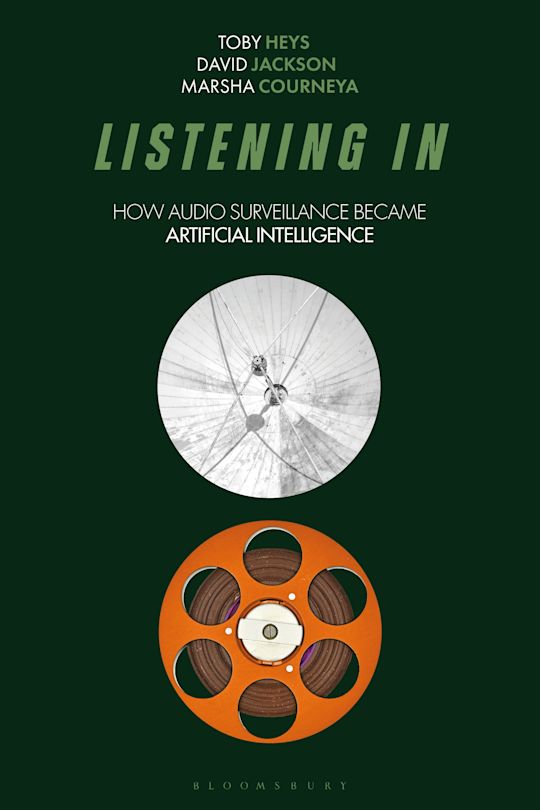Listening In
How Audio Surveillance Became Artificial Intelligence
Listening In
How Audio Surveillance Became Artificial Intelligence
Description
In 1945, W. Averell Harriman, US Ambassador to the Soviet Union, was presented with a carved wooden plaque of the Great Seal of the United States as a 'gesture of friendship' by a delegation from the Soviet's Young Pioneer Organization.
Unbeknownst to him, one of the first covert listening devices, invented by Leon Theremin was hidden within it and was subsequently used to listen in on the ambassador's conversations for six years before being discovered. This book uses remarkable tales like this to tell the story of how modern audio surveillance developed and its important role in the evolution of today's artificial intelligence.
Beginning with post-WW2 monitoring devices, Listening In traces an arc through the Cold War era into the present day in which state and commercial spyware can record our calls, copy messages and secretly film us. It subsequently moves into the near future where AI-assisted technologies can listen to things we have not yet said as well as digitally simulate and record our voices after we have died. Exploring how mass audio surveillance is carried out through devices such as smart phones, speakers and baby monitors and used to inform and train AI algorithms, the book provides fresh insights into how we are allowing our personal privacies to be traded for enhanced social connectivity and technological convenience. Ultimately Listening In reveals how the urge to listen and record everything that has ever been uttered is scored deeply into the technological operating systems of cultures from around the world.
Listening In is also available in audiobook format from audiobook retailers.
Table of Contents
Introduction
Section 1: Embedded Bugs and Tunnels
1. The Thing
2. Operation Gold
3. Shoehorn
4. Acoustic Kitty
Section 2: Massive Distributed Monitoring Systems
5. STASI
6. ECHELON
7. SORM
8. PRISM
Section 3: Domotic Self-Surveillance Cultures
9. Smartphones
10. Smart Speakers
11. Smart Toys
12. Smart Baby Monitors
Section 4: Ambient Interfaces, Arcane Intelligence
13. AlterEgo
14. Jukebox
15. Gatebox
16. Thanabot
Coda
Bibliography
Product details

| Published | 22 Jan 2026 |
|---|---|
| Format | Ebook (Epub & Mobi) |
| Edition | 1st |
| Extent | 296 |
| ISBN | 9781350340411 |
| Imprint | Bloomsbury Academic |
| Illustrations | 16 bw illus |
| Series | Bloomsbury Studies in Digital Cultures |
| Publisher | Bloomsbury Publishing |
Reviews

ONLINE RESOURCES
Bloomsbury Collections
This book is available on Bloomsbury Collections where your library has access.



































